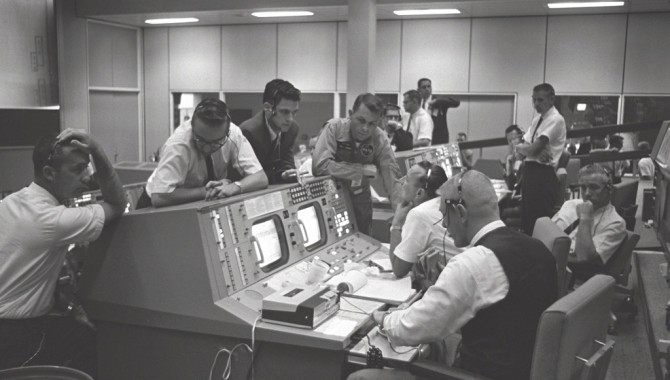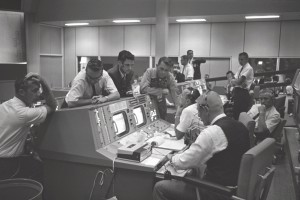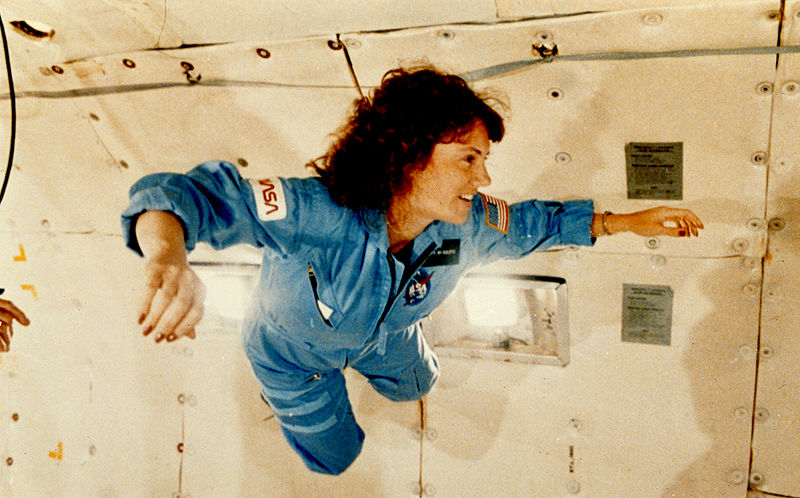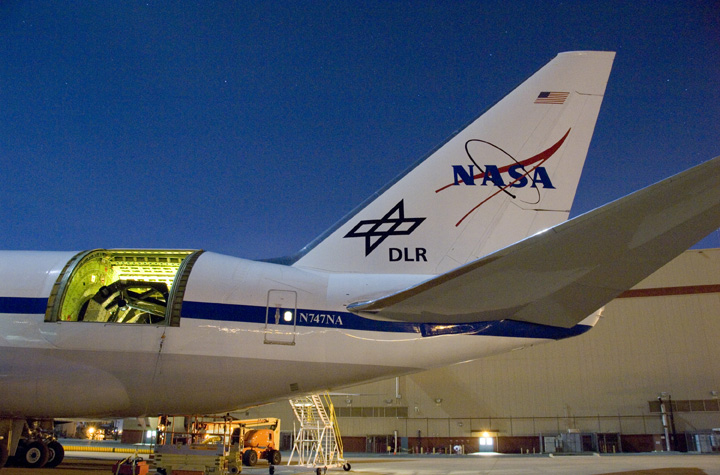
Flight Director Gene Kranz (foreground) and Dr. Christopher Kraft (background) in the Mission Control Center in Houston, Texas, during the Gemini 5 flight. Photo Credit: NASA
January 31, 2011 Vol. 4, Issue 1
Your job is the story.
If you’re skeptical about that assertion, consider its source. Bran Ferren, the former president of research and development of Walt Disney Imagineering, told me this ten years ago. Ferren also added that unless an organization operates with that conviction, it’s going to be a failure. This was in the early days of our knowledge sharing forums, before we created ASK Magazine as a venue for practitioners to tell their stories. The conversations I had that day taught me that if the Academy was going to increase its impact on the agency, I needed to have the right people sharing the right stories.

Flight Director Gene Kranz (foreground) and Dr. Christopher Kraft (background) in the Mission Control Center in Houston, Texas, during the Gemini 5 flight.
Photo Credit: NASA
A decade later, I heard a professor at the University of Houston propose that stories are just data with a soul. In an agency so immersed in and reliant on data, her remark resonated with my belief in the power that story, folklore, and myth hold over organizations. Much of NASA’s folklore pertains to high expectations and an “elite-team” mentality. Stories range from Gene Kranz wearing a new vest for each mission to the piece of paper in project manager Dennis McCarthy’s wallet with the initials BP written on it. (Be professional, proved, practical, and protective of the people and the hardware, and to persevere).
The reality of NASA projects is that there is rarely a clear-cut line between good and evil, right and wrong; rather we face conflicts between good and better, right and less right. It is the human element in all of its fickleness and resilience that adds the most depth to any story. If you proactively seek advice and have a modicum of luck, there will be people who will help you along the way. In a project, your progress often will be hindered. Practitioner stories tell us in a meaningful way that managing successful projects is about capitalizing on chance when it presents itself and persevering when it doesn’t.
This may seem a simplistic, fanciful view, but I believe there is something to be gained from it. J.R.R Tolkien’s famous Fellowship of the Ring managed a portfolio of quests that saved mankind and brought peace to Middle Earth. Our NASA workforce manages a portfolio of projects ultimately designed to uncover secrets of the universe, develop innovative technologies to better our lives, and open up scientific discovery to the world. Our version of project reality may not translate into a blockbuster trilogy, but we share a similar story. We just wear different costumes.
Everything we do at NASA is a story. In 2010, some of NASA’s stories included the tenth anniversary of continuous habitation of the International Space Station, the results of LCROSS’s attempts to find water on the moon, the first flight for NASA’s Commercial Orbital Transportation Services (COTS) program, and the agency’s technical assistance in the rescue of 33 Chilean miners in Argentina, among others. Simply listing these does not do these tales proper justice. All were the result of individuals, teams, and organizations working together with sound engineering and project management practices. And the end results alone are not everything. Understanding why these stories had these endings is what matters.
In 2011, we are heading into unknown, unmarked waters. More than ever it is important for our organization to be artful and steadfast, our teams adaptive and innovative, and our individuals nimble and inspired. I have always believed that serendipity comes to those who are prepared for it. The Academy is dedicated to preparing NASA’s workforce to meet today’s needs and anticipate tomorrow’s so that the agency can continue to thrive in a rapidly changing world.







